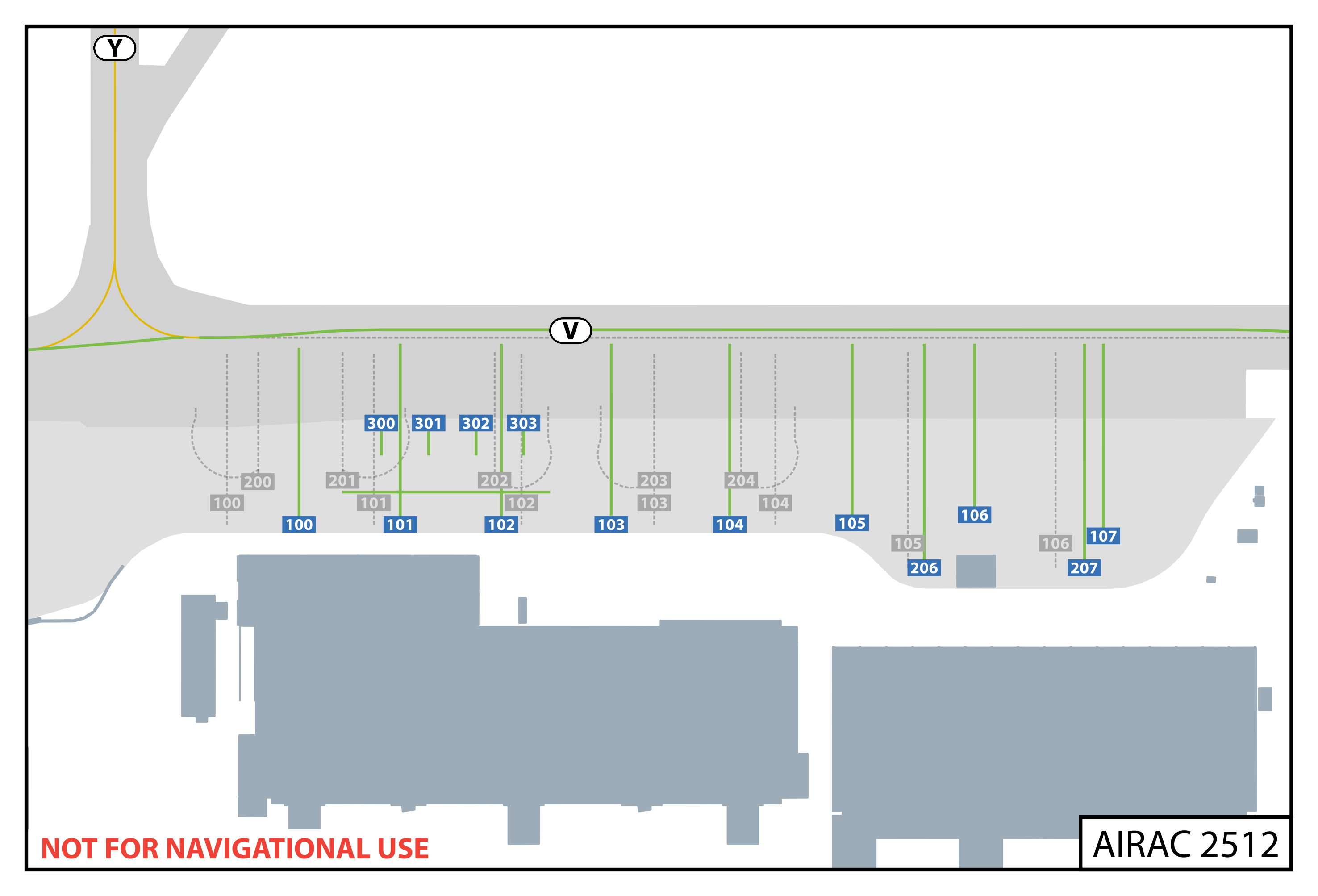General
Before you fly...
Welcome to Stuttgart! This is an incredibly versatile airport: many short- and medium-haul as well as a handful of long-haul flights depart and arrive here and during the holiday season, a lot of vacationers from Southwestern Germany pass through its gates. It's also a favorite among VFR pilots due to the relatively simple airspace structure and airport layout, the beautiful landscape, and the many small uncontrolled and controlled airfields in the vicinity. Additionally, the US Army runs its own ramp for training flights and the Baden-Württemberg state police helicopter squadron is stationed here.
Although the airport has a simple layout and moderate traffic levels on VATSIM, you should still prepare yourself thoroughly to keep it fun for everyone and avoid mistakes which might lead to delays for yourself and other users.
If you are new to VATSIM, Stuttgart is a perfect airport to get started on the network. Controllers usually have enough spare capacity to answer questions or quickly explain a procedure to you. However, with its single runway, the airport can become very busy when there's a lot of traffic (e.g. during events) and controllers may need to apply special procedures to reduce delays for everyone as much as possible, so beginners might want to avoid flying here during these times.
Parking Position
Please make sure you choose an appropriate stand for your aircraft type.
Passenger flights use parking positions on the Northern apron, while cargo flights use the Southern Apron. B748 can only park at positions 71A, 74A, 105, and 106; A380 can only park at positions 71A and 74A.
General aviation aircraft use the general aviation aprons GA2 and GA3. GA2 is only available for aircraft with MTOM < 2.000 kg and GA3 can accommodate aircraft up to 29 m wingspan and 30.3 m length. The general aviation apron is also typically used for non-US military aircraft of an appropriate size.
US military aircraft use the US Army apron located between taxiways Y and R.
The helicopter squadron of the Baden-Württemberg police is based out of their own apron west of the US Army apron.
Stands 40 - 56, 200 - 204, and all GAT positions are taxi-out positions, no pushback is required. Stands 61 - 64 can also be used as taxi-out positions if the respective opposite position is unoccupied.
Do not use stand 65 as this stand has been newly added during recent construction work in the GAT area which is not yet implemented in most sceneries and would thus interfere with most pilots' ability to properly use the GAT and its taxiways.
Aircraft parked on the Southern stands of the GA3 apron should be prepared to be instructed for straight-out taxi onto N without using one of the GAT exits.
South Apron
With AIRAC 2512, parking positions at the South Apron have been reorganized. The apron layout has changed considerably. Consequently, sceneries no longer correspond to the current charts. Only stands 100 - 104 and 206 - 207 are usable.

New South Apron Layout (green - new layout; grey - old layout)
777 parking positions
With the PMDG 777 release for MSFS, we suggest using the following parking positions for the best experience. Only the positions below are suitable for the B773/B77W.
- 9A (terminal position, push and pull procedure required)
- 24A, 26A, 28A (remote positions)
- 105, 106 (cargo)
- 71A, 74A (overflow positions)
A380 parking positions
While Stuttgart is technically equipped to handle A380 aircraft, it is only available as a diversion airport for the type in the real world. This means that only some remote overflow positions are large enough to park the aircraft. To maintain realism and prevent inconveniences for controllers and other pilots, we ask pilots to choose a different airport when flying the A380.
Please only use the following stands when flying an A380 from/to Stuttgart airport:
- 71A, 74A
Handoffs
When instructed to contact another controller, do so as soon as possible. This will avoid you having to stop moving or level off. Please do not hold your position to switch the frequency, keep moving on the ground!
Auto-handoff
Stuttgart utilizes an auto-handoff procedure for IFR departures where Tower will not hand off outbounds to the approach controller. The current departure frequency will always either be noted in the ATIS or part of your clearance.
Contact the departure frequency immediately when airborne unless explicitly told to remain on Tower frequency.
